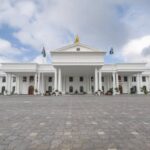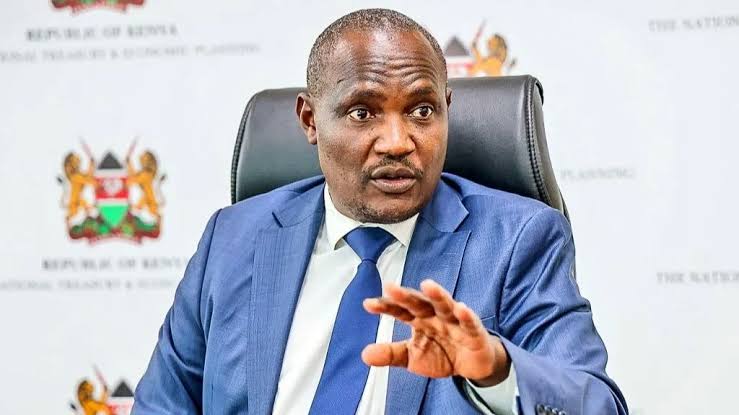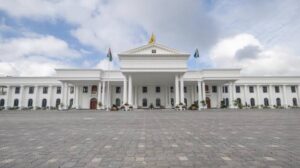Kenya is facing a tough economic moment as the weight of public debt continues to grow.
By August 2025, the country’s debt stood at 11.8 trillion shillings after the government borrowed an additional 446 billion shillings in just six months.
This level has pushed the debt to 69 percent of the nation’s GDP, going beyond the targets set by economic policies. Borrowing has now become a routine tool to fill budget gaps, even as leaders speak of balancing revenue and expenditure.
The history of this debt shows a sharp contrast between different administrations. Under President Mwai Kibaki, borrowing was handled cautiously, rising by only 1.27 trillion shillings in a decade. His approach matched debt growth with economic expansion.
However, things shifted under President Uhuru Kenyatta, when the debt surged by 6.7 trillion shillings within nine years. This was largely because of heavy spending on infrastructure, international loans like Eurobonds, and emergency borrowing during the COVID-19 pandemic.
When President William Ruto came into office in 2022, the country’s debt was already at 8.6 trillion shillings, and since then it has grown by 2.5 trillion, though at a slower pace.
Much of the current debt is domestic, with local borrowing reaching 6.4 trillion shillings by mid-August 2025, up by a trillion shillings since mid-2024.
Treasury bonds account for most of this, while treasury bills form a smaller share. External borrowing has increased more slowly, but together the debt stock has risen by 12 percent in a year.
This mix lowers the risks of currency shocks but puts pressure on local banks and investors who now hold much of the debt.Debt repayment is now swallowing the biggest part of the national budget.
For the 2025/26 financial year, 1.1 trillion shillings has been set aside for debt servicing, most of it owed to domestic lenders. By April 2025, Kenya had already paid 1.25 trillion shillings in servicing costs, which was more than what was spent on development projects.
With projected revenues at 3.32 trillion shillings against planned spending of 4.27 trillion shillings, the government is set to borrow another 901 billion shillings.
The growing debt has roots in missed opportunities and misuse of public funds. Protests in 2024 forced the withdrawal of a finance bill that sought to raise taxes to cover repayments, pushing the government back to more borrowing.
Many Kenyans believe that a large portion of the debt, estimated at 7 trillion shillings, was wasted on questionable projects and corruption instead of real development.
Reports also show that the country has lost more than 17 trillion shillings to graft since independence, an amount larger than the current debt.With about 70 percent of tax revenue going to interest payments, little is left for essential services or creating jobs for the growing youth population.
Unless wasteful spending is cut and revenue raised in a fair way, Kenya risks sinking deeper into a cycle where loans only pay off past loans.
International support offers some relief, but the long-term solution lies in strict financial discipline and tackling corruption that has drained the country for decades.





















Add Comment